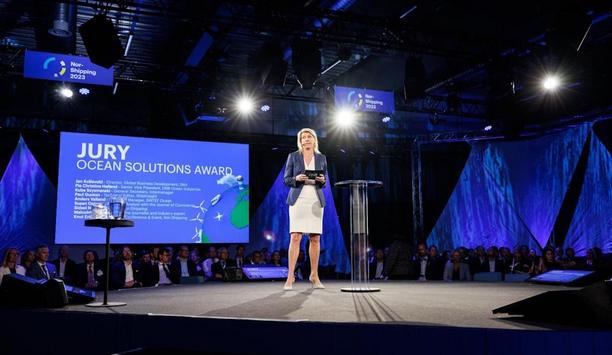In 2020, Neste’s renewable products helped customers in several geographic markets to reduce greenhouse gas emissions by 10.0 million tons altogether. This amount equals the annual carbon footprint of 1.5 million average EU citizens (source: World Bank) or the removal of 3.7 million passenger cars from the roads for a full year.
“We are committed to help customers reduce greenhouse gas emissions by 20 million tons annually by 2030. We aim to achieve this commitment with our portfolio of renewable and circular solutions for road transportation and aviation, as well as for the plastics and chemicals industries.”
“By achieving a greenhouse gas reduction of 10.0 million tons, we are already halfway through to fulfilling this. We are extremely proud to be working together with many forerunner customers and partners in reducing climate emissions,” says Peter Vanacker, President and CEO of Neste.
Reducing emissions
“Innovative solutions from across the bio-economy offer great potential for reducing emissions. For example, in road transportation, the Renewable Energy Directive has been a powerful and successful tool to turn European transportation towards renewable energy.”
“The EU Member States have for example reported that in 2018, almost 90% of renewables in transportation were biofuels,” Vanacker continues.
Securing future growth
For more than ten years, Neste has steadily increased the volume of its renewable products. The company has the capacity to produce 3.2 million tons of renewable products annually at its refineries in Singapore, Rotterdam and Porvoo, Finland.
To secure future growth, Neste is expanding its global feedstock and production platform for renewables. With its expansion in Singapore, Neste is bringing the total global renewable product capacity close to 4.5 million ton/a in 2023. “We need all the available solutions if we are to tackle the climate crisis. Our renewed brand promise, Change runs on renewables, underlines our commitment to continue to scale up in renewables while innovating new solutions that drive growth and transformation in operations,” Vanacker adds.











